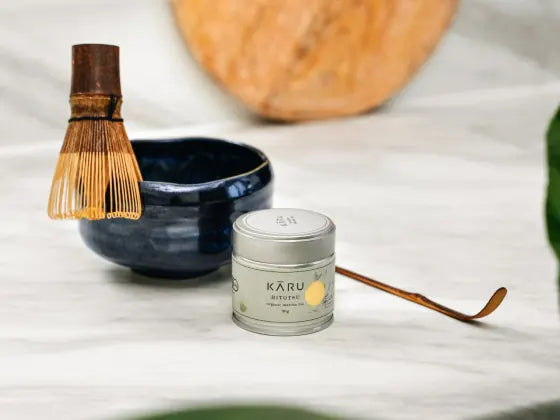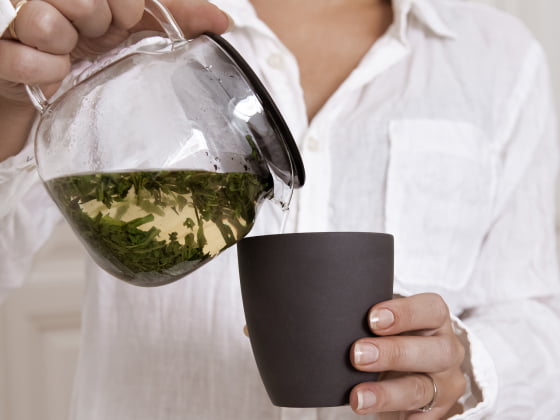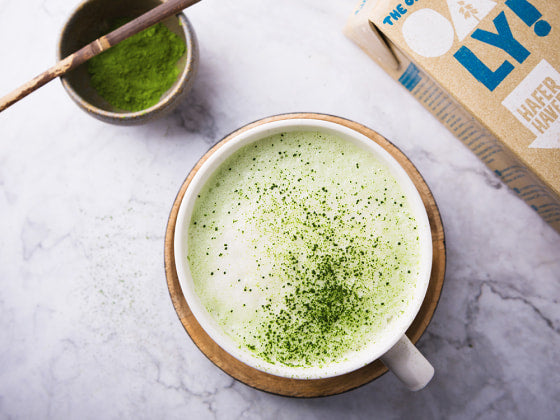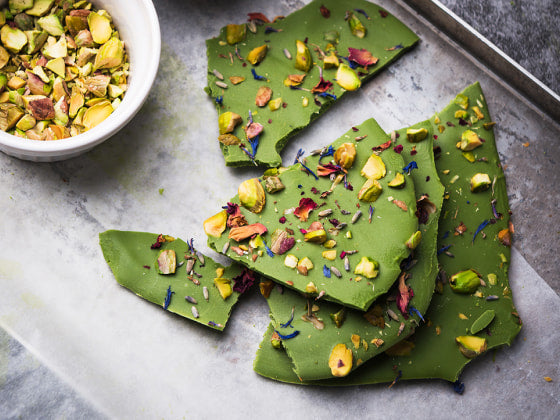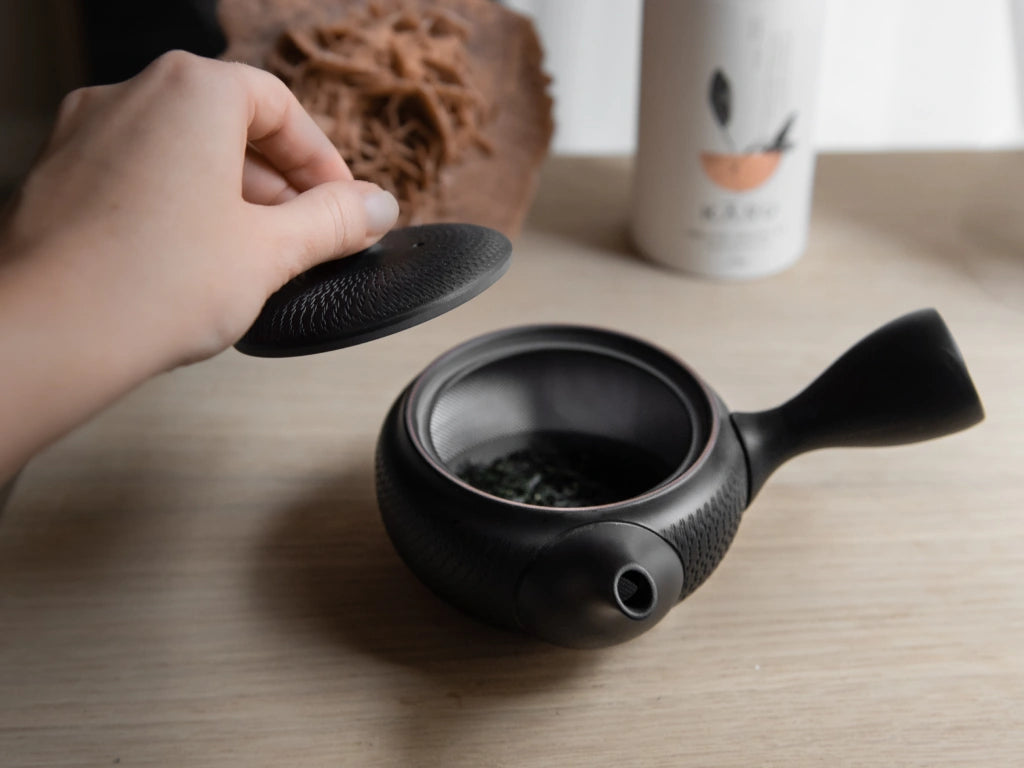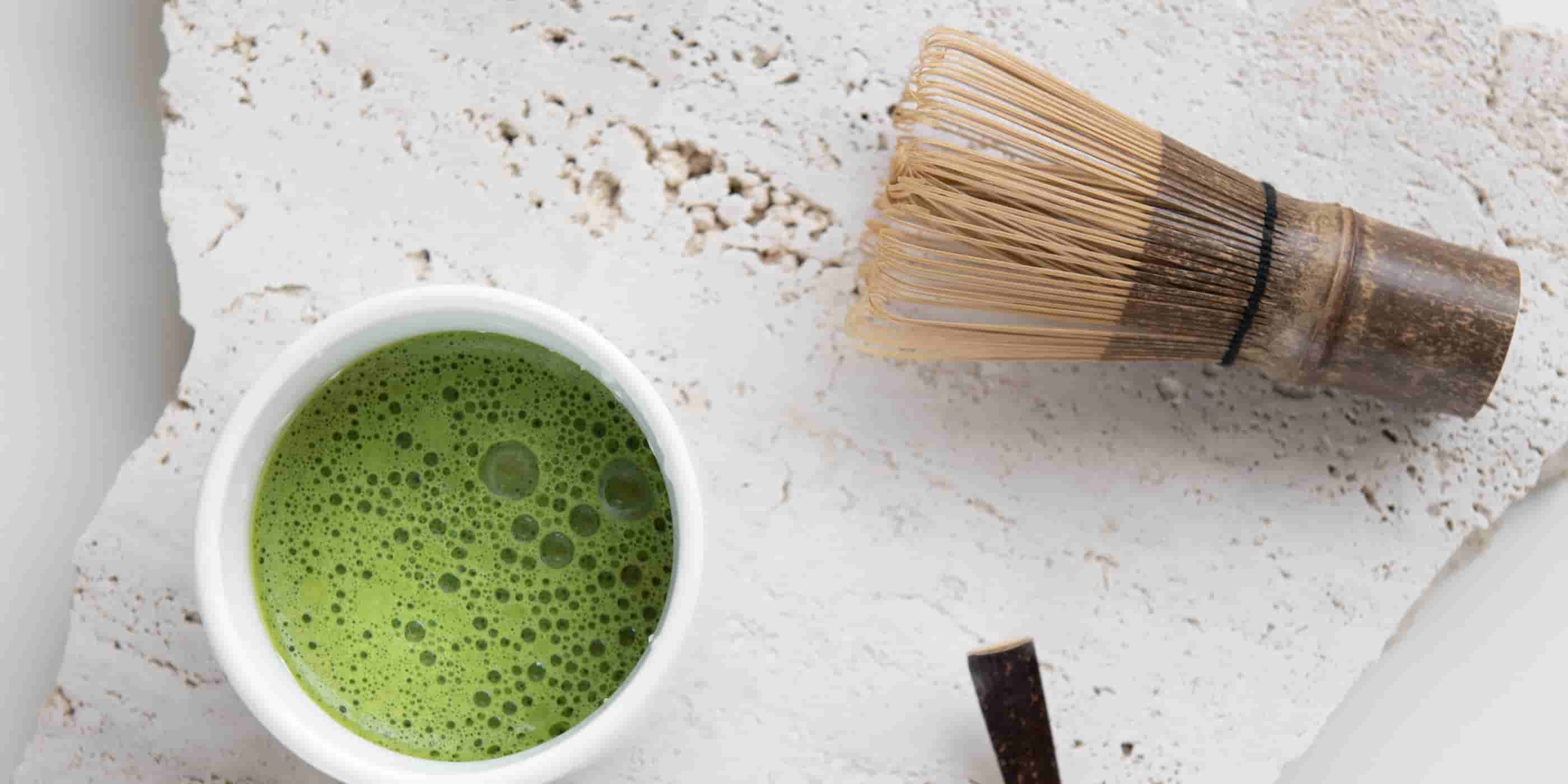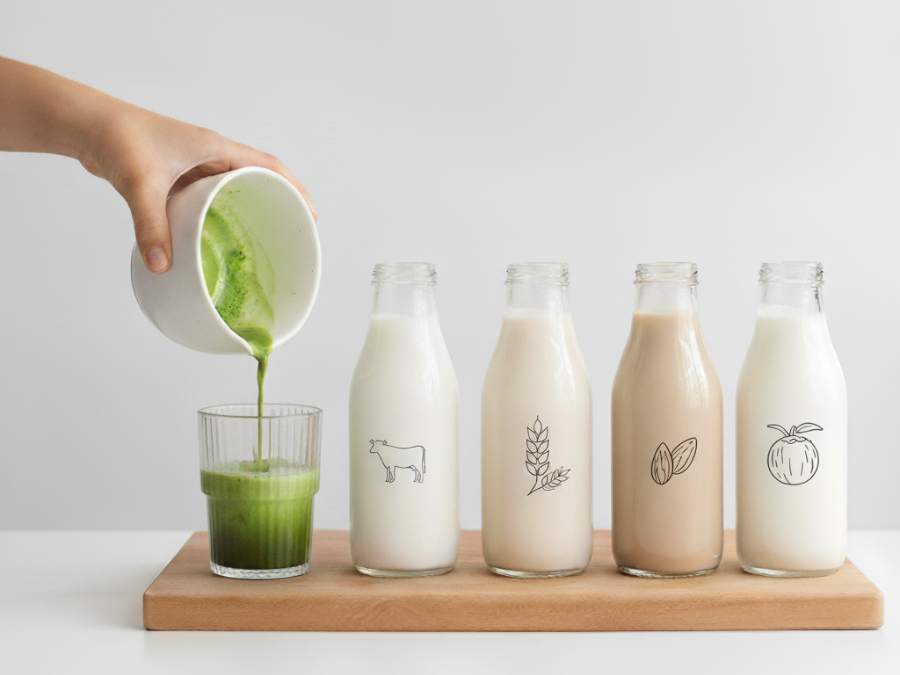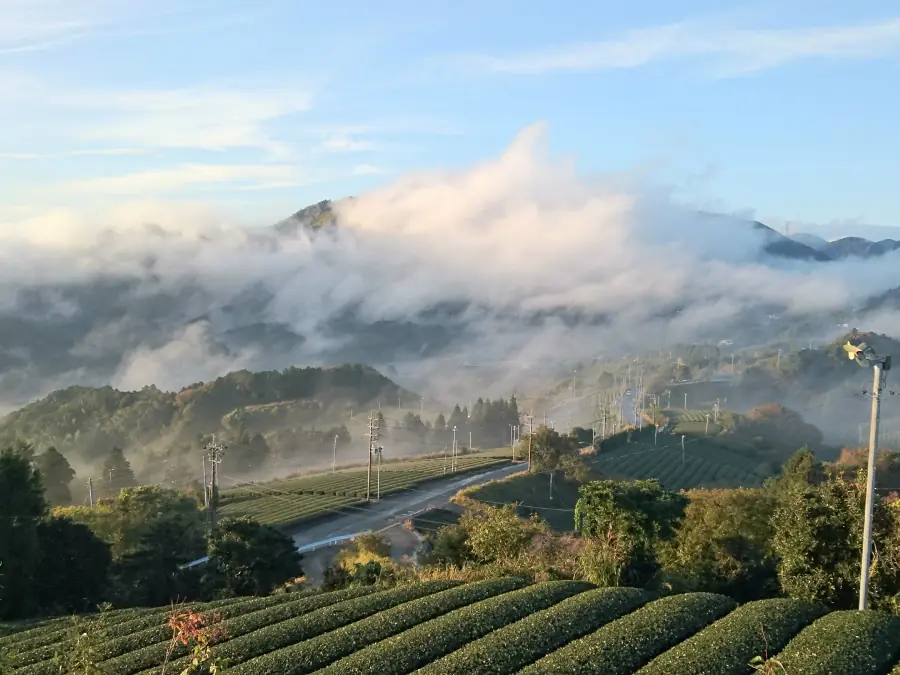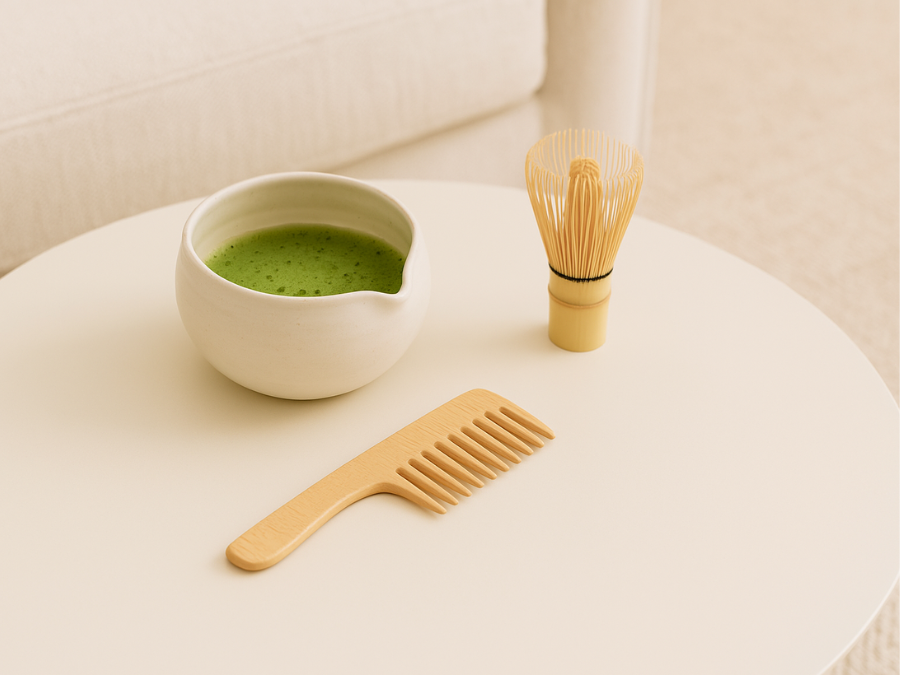Benifuuki, Sunrouge, GABA (Gabaron) and Mizudashi belong to the group of the so-called functional teas. We already looked at the preparation and benefits of Mizudashi tea last week in our blog post Cold green tea - A different way of preparation last week. That's why today we're looking at the other three teas.
What characterizes functional teas?
First and foremost, this grouping focuses on the effect on the body. Certain manufacturing processes are aimed at achieving positive effects through the substances present in the respective tea variety, ingredients present in the respective type of tea. There are a variety of functional teas and also in the future probably still more will appear on the market. Today, however, we want to focus exclusively on the three functional teas mentioned above.

Production process of the teas
As already mentioned above, the functional teas differ to some extent from the usual production processes. We will therefore explain the processing of the three green teas here shortly.
a) Benifuuki tea
In 1993, this tea was created by crossing the two tea plants Var. assamica and Var. sinensis (Yabukita) on the market. This tea variety is not shaded. In addition, the tea leaves are initially stored for around three months after harvesting and slowly fermented. This is followed by hot steaming.
b) Sunrouge tea
This green tea is a special variety which, after several years of testing, has been obtained by botanical crossing of the “Cha Chuukanbohon Nou 6" - tea variety in 2009. It is particularly important that the tea leaves come from a late harvest with little drying.
c) GABA tea
This functional tea was launched on the market in Japan in 1987. At that time, the Japanese professor Tojiro Tshushida found that a high quantity of GABA (special amino acid) through the addition of nitrogen to the tea leaves. The nitrogen is added after harvesting and before steaming.
How are these teas prepared?
Before we talk about their potential health effects, the following table shows you how they are prepared. what is involved in the correct preparation of the individual functional teas is important:
|
Teename |
Amount of tea |
Amount of water |
Water temperature |
Brewing time |
|
Benifuuki |
approx. 6g |
200ml - 300ml |
60°C |
2min |
|
Sunrouge |
approx. 6g |
200ml - 300ml |
70°C - 75°C |
2min - 5min |
|
GABA |
approx. 6g |
200ml - 300ml |
70°C |
70sec - 3min |
As you can see, there are sometimes big differences in the brewing times. These mainly depend on the desired "function" of the tea. In other words, what you want to achieve by drinking the specific type of tea. Depending on the desired effect, you can shorten or lengthen the brewing time. We will now explain what this means in concrete terms in the individual benefits of the three teas.

What are the main effects?
a) Benifuuki tea
The green tea with the highest catechin content is not only characterized by its methylated catechins (especially EGCG), but also by its valuable bitter substances (especially ellagitannins). According to scientific studies, these ingredients have a positive effect on allergies such as hay fever and neurodermatitis. Zudem should dhe Benifuuki tea has metabolism-promoting effects. (see sources no. 1 and no. 2)
b) Sunrouge tea
This green tea not only has the highest proportion of special anthocyanins which leads to a red coloration of the tea leaves, but also possesses methylated catechins. This combination of ingredients is said to have various health-promoting effects. For example, one scientific study speaks of positive effects on eyesight. In addition antibacterial and antiviral powers. (see source 3) For targeted therapeutic effects, this tea should be steeped for 5 minutes. Before drinking, add a few squeezes of lemon to stabilize the tea. anthocyanins.
c) GABA tea
This functional tea contains an extremely large amount of the special amino acid GABA is present. This, in combination with the contained catechins and othern Green tea ingredients, have numerous effects on health. According to this, scientific studies claim that the consumption of GABA tea against high blood pressure and sleep problems. (see sources 4 and 5). This tea should also be steeped for longer, i.e. 3 minutes, for more intensive effects. For potentially relaxing effects, the infusion time is 30 seconds.
All three mentioned functional teas also have other alleged health-promoting effects. Overarching functionsis in conclusion it should be noted that, due to the current Health Claim Regulation, we must refrain from making any definitive statements regarding the health effects.
But now we are interested to know whether you have already had any experience with one or other functional tea? If not, are you perhaps curious now? We look forward to your comments!

Sources:
1 Maeda-Yamamoto, Mari; Ema, K. et al. (2012): "Epicatechin-3-O-(3″-O-methyl)-gallate Content in Various Tea Cultivars (Camellia sinensis L.) and Its in Vitro Inhibitory Effect on Histamine Release.", available at the Journal of Agriculture and Food Chemistry at: https://pubs.acs.org/doi/10.1021/jf204497b
2. Maeda-Yamamoto, Mari; Kawahara H., et al. (1998): "Effects of tea infusions of various varieties or different manufacturing types on inhibition of mouse mast cell activation", available at the Journal Bioscience, Biotechnology and Biochemistry at: https://www.tandfonline.com/doi/abs/10.1271/bbb.62.2277
3. Fleschhut, Jens (2004): „Studies on the metabolism, bioavailability and antioxidant effect of anthocyanins"Dissertation at the faculty for Chemistry and Biosciences, available at the Karlsruhe Institute of Technology at: https://publikationen.bibliothek.kit.edu/1000002640
4. Shau-mei Ou, Andy; Tsai, Yung-sheng; Wang, Hsueh-fang (2009): "Biological functions and Manufacturing of GABA Tea", in: Tea and Tea Products, Chemistry and Health Properties; Editors: Ho, Chi-Tang; Lin, Jen-Kun; Shahidi, Fereidoon; available at: https://www.taylorfrancis.com/books/9780429117831
5. Cheng, Tsun-Chi; Tsai, Jui-Feng (2009): "GABA Tea Helps Sleep", available in the Journal of Alternative and Complementary Medicine at: https://www.liebertpub.com/doi/10.1089/acm.2009.0023




